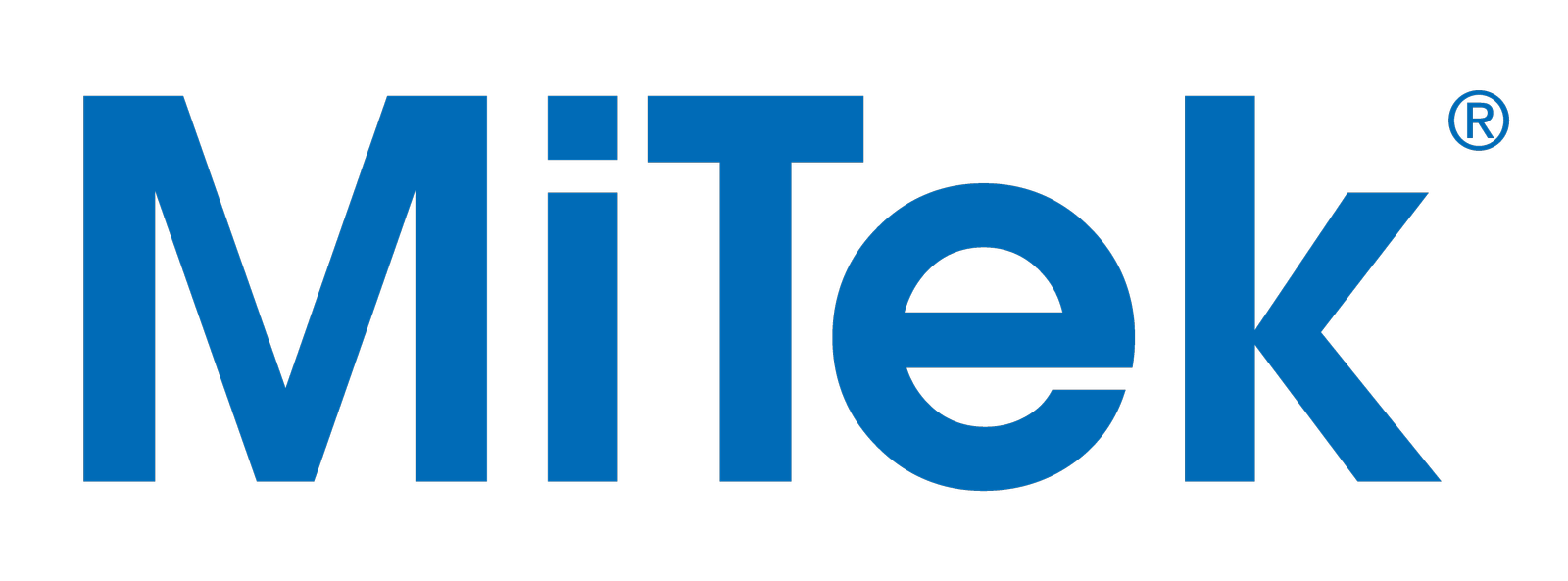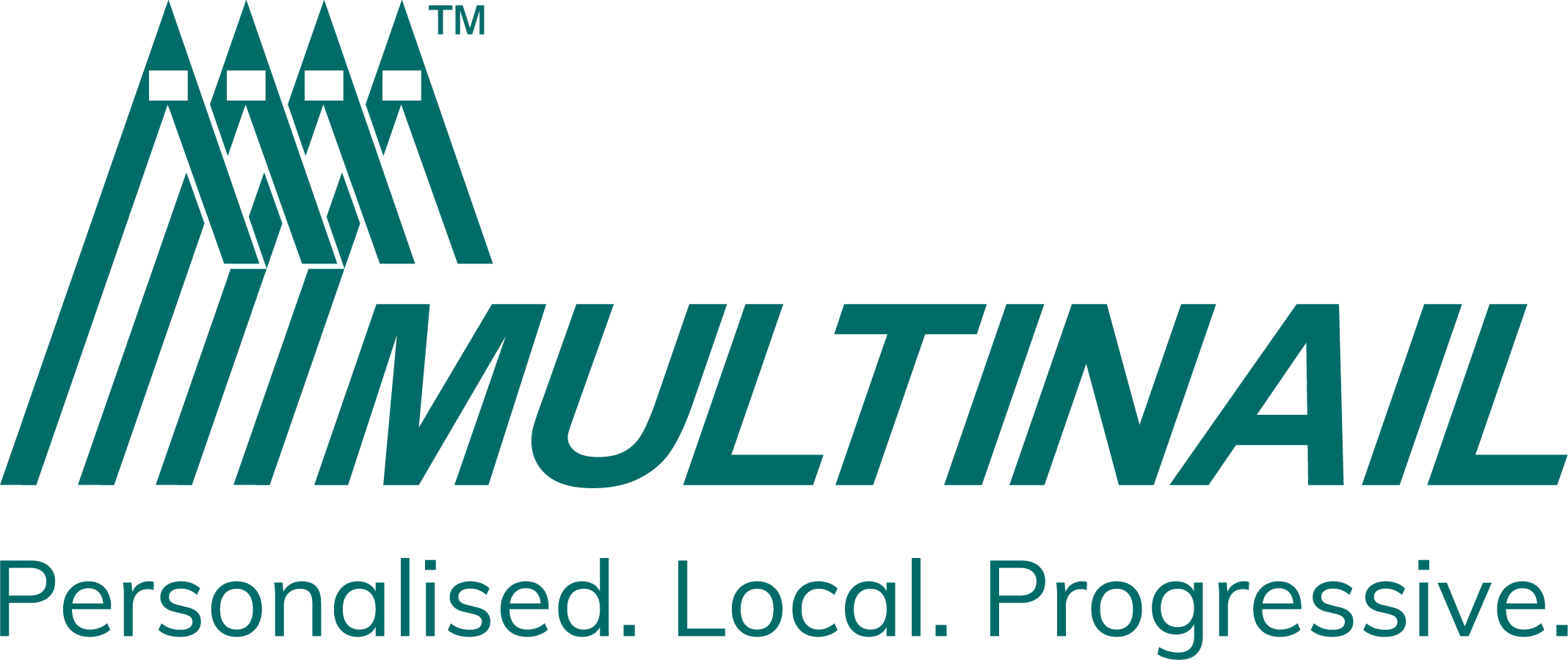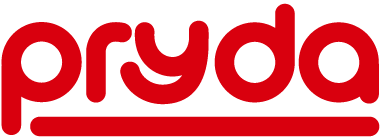Everyone along the supply chain plays a critical role in ensuring that products or services are delivered to customers in a safe, ethical, and sustainable manner.
Each person or organization involved in the supply chain can impact the quality, safety, and environmental impact of the final product. Therefore, it is important for everyone to take responsibility for their actions and work together to achieve common goals.
Unfortunately, there are often unfortunately too many breaks in the supply chain, which can result in an entire industry being impacted.
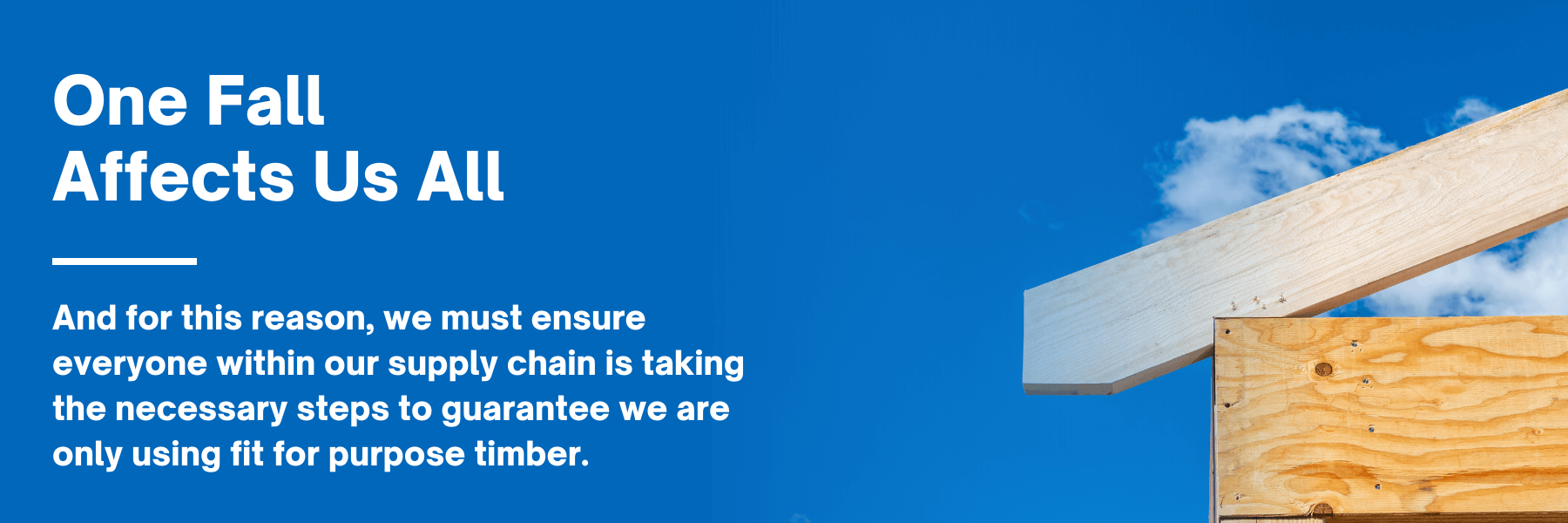
We all know how hard it was over the past few years with the timber shortage. As timber supply tightened through our usual suppliers, we literally had new importers and suppliers coming out of the woodwork.
Fabricators, who were desperate for timber would call or email me, providing certificates which claimed to demonstrate the structural properties of the timber, but what who really knows how to read these certificates.
If the product doesn’t meet the claims, then it is not fit-for-purpose. Just because a fabricator claims they thought the timber was fit for purpose, or the supplier had shown them a fancy certificate to indicate it had all the relevant structural properties, means nothing. You, the fabricator is liable for any future damages resulting from a fall or non-compliance.
Every fabricator uses engineered software, supplied by Mitek, Multinail or Pryda. If you are using the software, then you have received training in how to use the software.
One of the lessons you would have learnt was the importance of ensuring the right timber was selected in the engineered software. You cannot simply choose a substitute timber, if what you are looking for is not included in the software.
By doing this, you are not only using the engineered software incorrectly, but you are also ensuring your warranty is null and void and if there is a fall, you will be personally held responsible and could face criminal charges.
Our three nail plate companies test the timber to ensure it has the correct JD ratings, that it can handle the loads and is fit for purpose. Therefore, if it is not in the software, you cannot use it.
So, what does non-conforming building products actually mean?
According to the ABCB Website, non-conforming building products (NCBPs) and materials are those that:
- claim to be something they are not;
- do not meet required standards for their intended use; or
- are marketed or supplied with the intent to deceive those who use them.
This is different to non-compliant products (NCPs) and materials which are products or materials used in situations where they do not comply with the requirements of the National Construction Code.
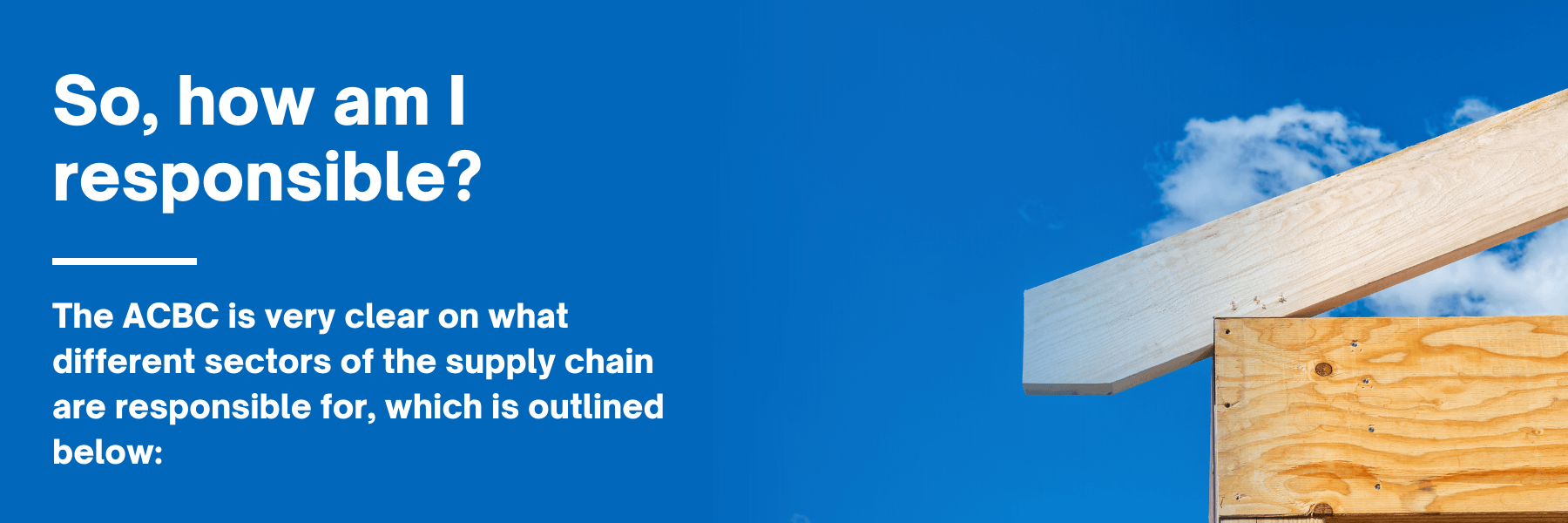
Manufacturer
Manufacturers need to ensure that they know the requirements of compliance and conformance of their products and materials and the evidence required to demonstrate compliance. This involves being aware of a range of related requirements such as testing, assurance, and certification. It also requires manufacturers to understand how customers should and should not use their products.
Importers, wholesalers, distributors and retailers
Importers, wholesalers, distributors and retailers need to ensure that the products being supplied do not breach trade or consumer laws or industry-specific requirements for safety or performance. Some products or materials have specific requirements to demonstrate safety and suitability before they can be lawfully sold and may require independent testing and certification before being supplied.
Architects, Designers, Engineers and other specialists
Architects, Designers, Engineers and other specialists involved in the planning and design of building and construction must ensure that they understand and specify the performance requirements of building elements and materials. Design consultants must design buildings to comply with the National Construction Code (NCC) and the relevant state requirements. This includes the specification of building products which meet the performance requirements of the NCC.
Procurement
Procurement plays a key role in ensuring the right products and materials are used on a job. If you are involved in sourcing and buying materials and products used in construction, you need to understand the requirements of compliance and conformance and obtain the evidence required to demonstrate suitability. It also requires procurers to understand how customers should and should not use products and materials.
Approval authorities
Approval authorities (such as building certifiers/surveyors) of developments and construction have responsibilities for ensuring that plans, specifications and critical aspects of construction comply with Codes, standards and laws. They can also have a role in inspecting building and construction and need to be aware of the signs of a product that potentially may not conform to the requirements it purports to meet, and of products and materials being applied incorrectly.
Developers, Builders and other specialist tradespersons
Developers, Builders and other specialist tradespersons do the work of installing and building with products and materials. They are not the only people responsible for ensuring that conforming and complying products and materials are used, but much of the risk and responsibility falls to them because they are the ones that ultimately do the building work.
Developers and builders are responsible for ensuring that cost management does not compromise the performance of the selected building materials. They should also ensure that certificates demonstrating the compliance of purchased and installed materials comply with the certification documents/building approval. This documentation should be kept with the contract documentation and provided to the building owner on completion of the building work.
As you can see, everyone in the supply chain has a role to play to ensure our industry is meeting standards and providing fit for purpose products.
We have just recorded a new F&T Time Podcast on this very topic, and we encourage you to listen via your favourite podcast streaming service or online here.
We have also developed a Technical Alert with Technical Alert –Laminated Veneer Lumber (LVL) Compliance in Australia written by EWPAA which can be accessed here.
If you have any questions, please contact me on 0418 226 242 to discuss. I cannot stress the importance of only using timber which has been tested by the nail plate companies and is included in the software.
Kersten Gentle
FTMA CEO
Our Principal Partners
